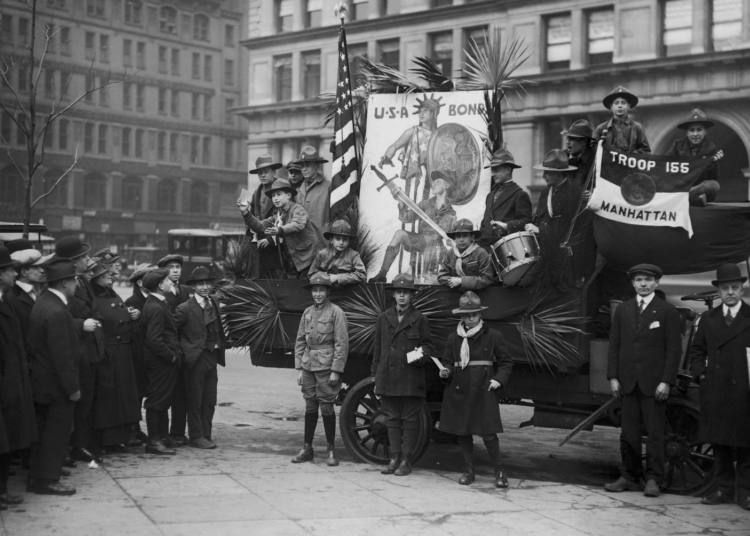World War I was a time of global conflict that lasted from 1914 to 1918, involving major powers around the world. Propaganda and war bonds played a crucial role in shaping public opinion and supporting the war effort during this time. Governments utilized various forms of propaganda, such as posters, leaflets, and films, to demonize the enemy and generate support for the war. War bonds were also issued to raise funds for the war, with citizens urged to purchase them as a patriotic duty. The impact of propaganda and war bonds in World War I cannot be underestimated, as they effectively mobilized public support and maintained morale on the home front.
Propaganda and War Bonds in World War I: Shaping Public Opinion
Introduction
World War I was a global conflict that lasted from 1914 to 1918, involving many of the world’s major powers. During this time, propaganda and war bonds played a significant role in shaping public opinion and supporting the war effort.
Propaganda in World War I
Propaganda was used extensively by all sides in World War I to influence public opinion and boost morale. Governments used various forms of propaganda, including posters, leaflets, films, and speeches, to demonize the enemy and rally support for the war.
Propaganda was often used to promote a sense of national unity and patriotism, portraying the enemy as evil and the cause of the war as just. Images of brave soldiers fighting for their country and heroic leaders were commonly used to generate support for the war effort.
Types of Propaganda
There were different types of propaganda used in World War I, including:
- Recruitment propaganda: encouraging men to enlist in the military
- Bond propaganda: promoting the sale of war bonds to fund the war
- Anti-enemy propaganda: demonizing the enemy and portraying them as evil
- Home front propaganda: promoting activities on the home front to support the war effort
War Bonds
War bonds were issued by governments to raise money to finance the war. Citizens were encouraged to buy war bonds as a way to support the war effort and help fund the cost of the war. War bonds were often marketed as a patriotic duty and a way for citizens to contribute to the war.
Governments used propaganda to promote the sale of war bonds, highlighting the benefits of investing in war bonds and the importance of supporting the war financially. Citizens were urged to buy war bonds as a way to show their support for the troops and the country.
Impact of Propaganda and War Bonds
Propaganda and war bonds played a significant role in shaping public opinion during World War I. They were effective tools in mobilizing support for the war effort and rallying the population behind their respective governments.
Propaganda created a sense of unity and patriotism among the population, while war bonds provided a tangible way for citizens to contribute to the war financially. Together, propaganda and war bonds helped to sustain public support for the war and maintain morale on the home front.
Conclusion
Propaganda and war bonds were powerful tools used in World War I to shape public opinion and support the war effort. They were instrumental in rallying the population behind the war and maintaining morale on the home front. The use of propaganda and war bonds in World War I demonstrates the importance of influencing public opinion in times of conflict.













